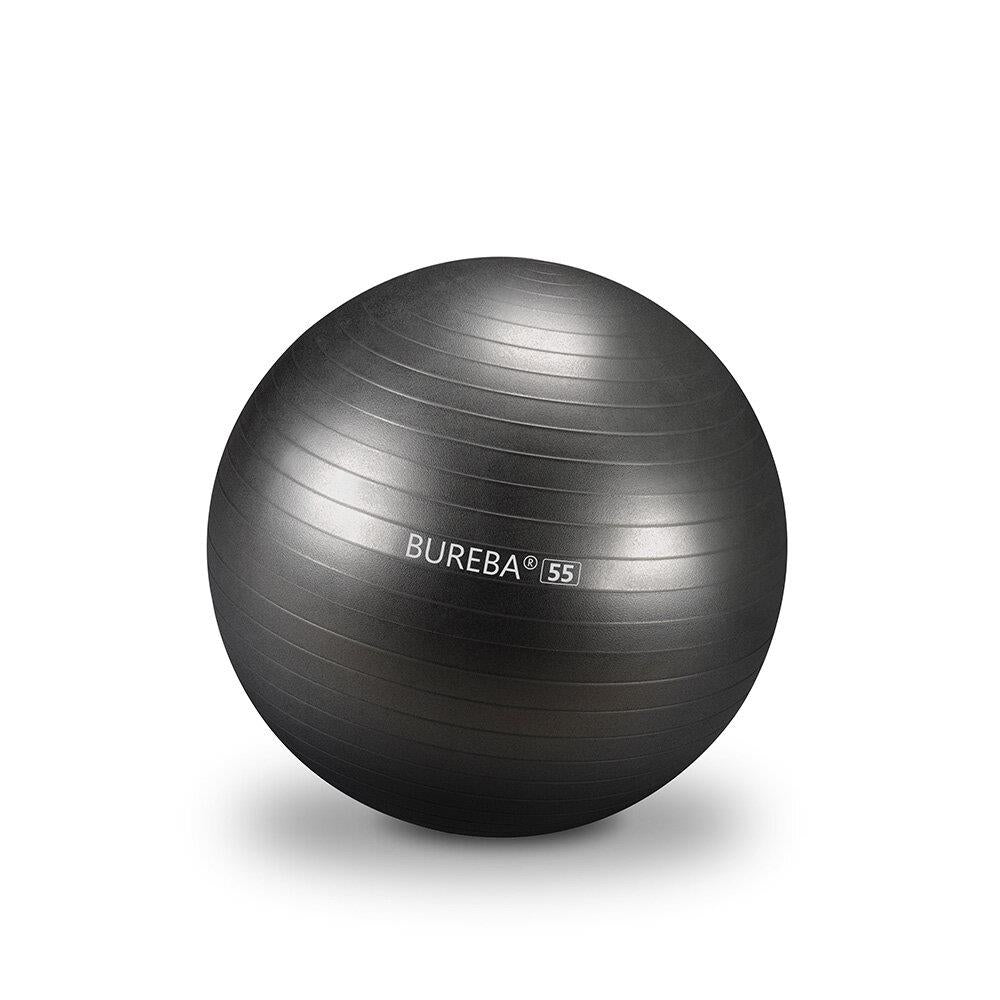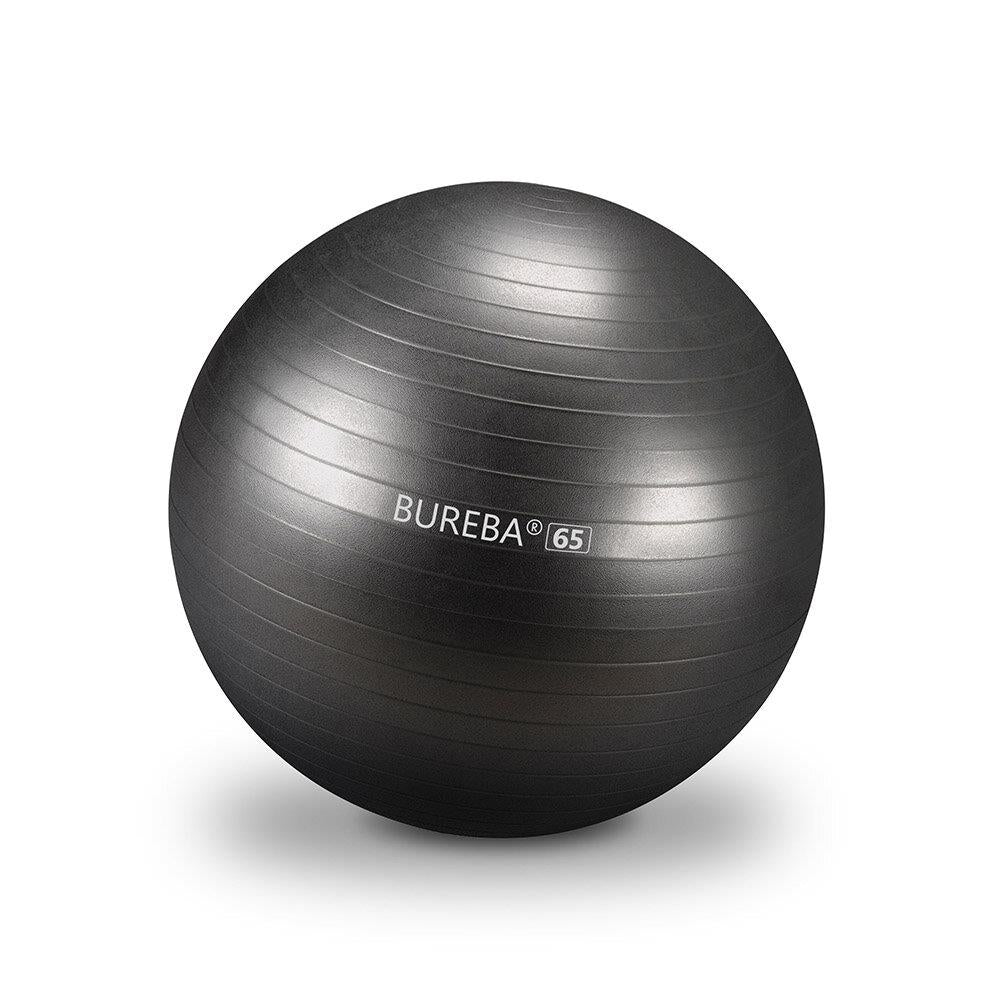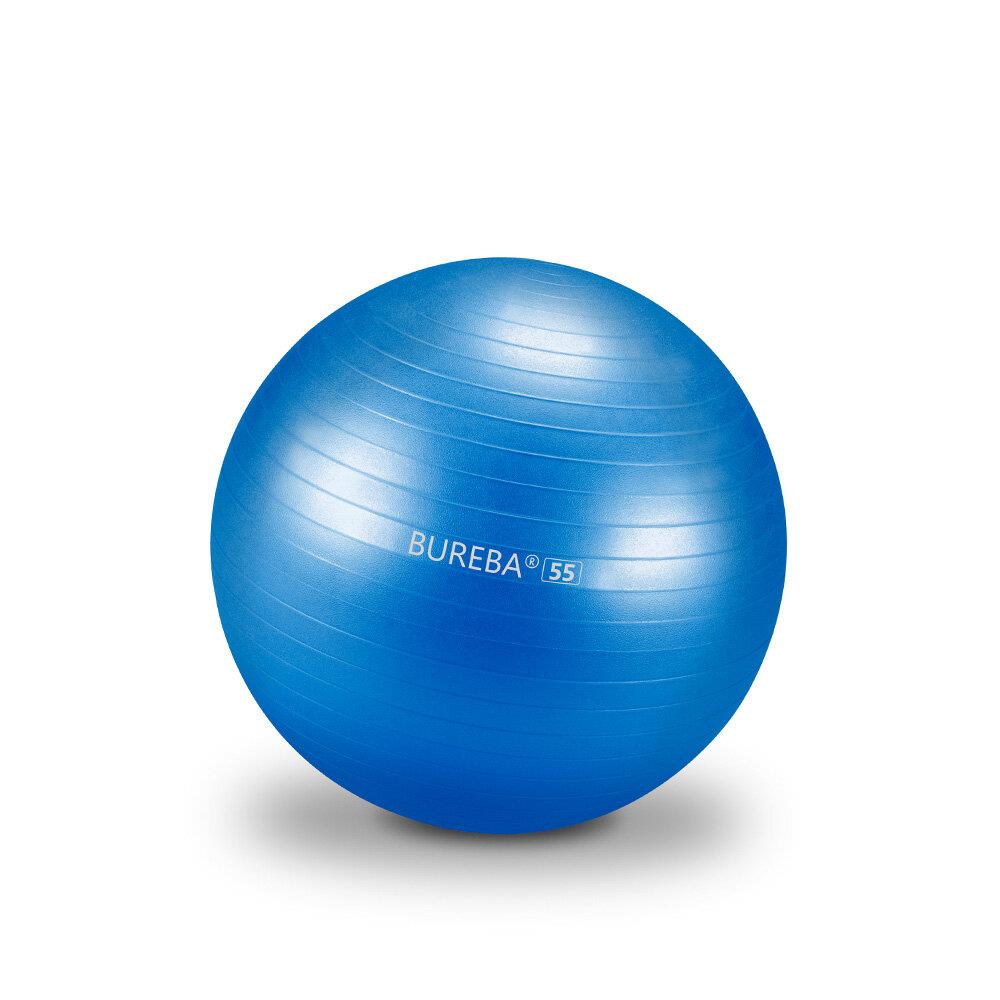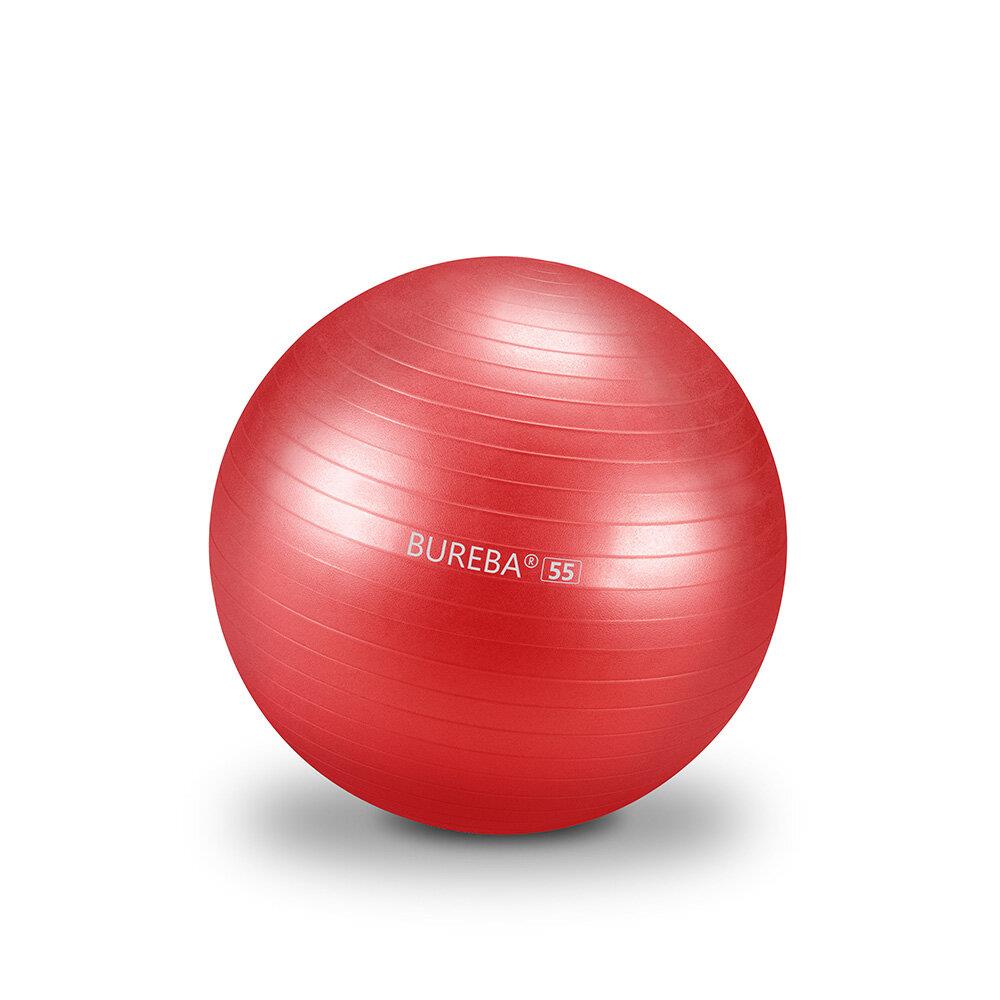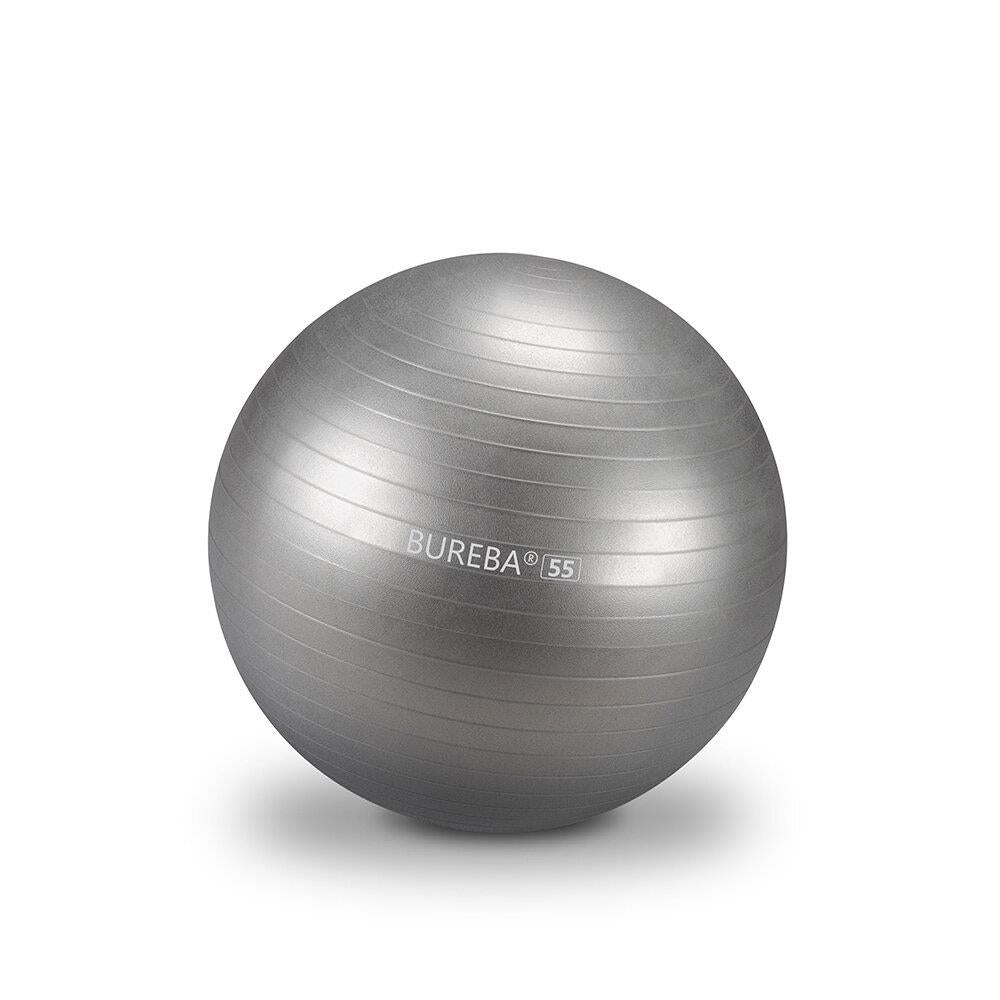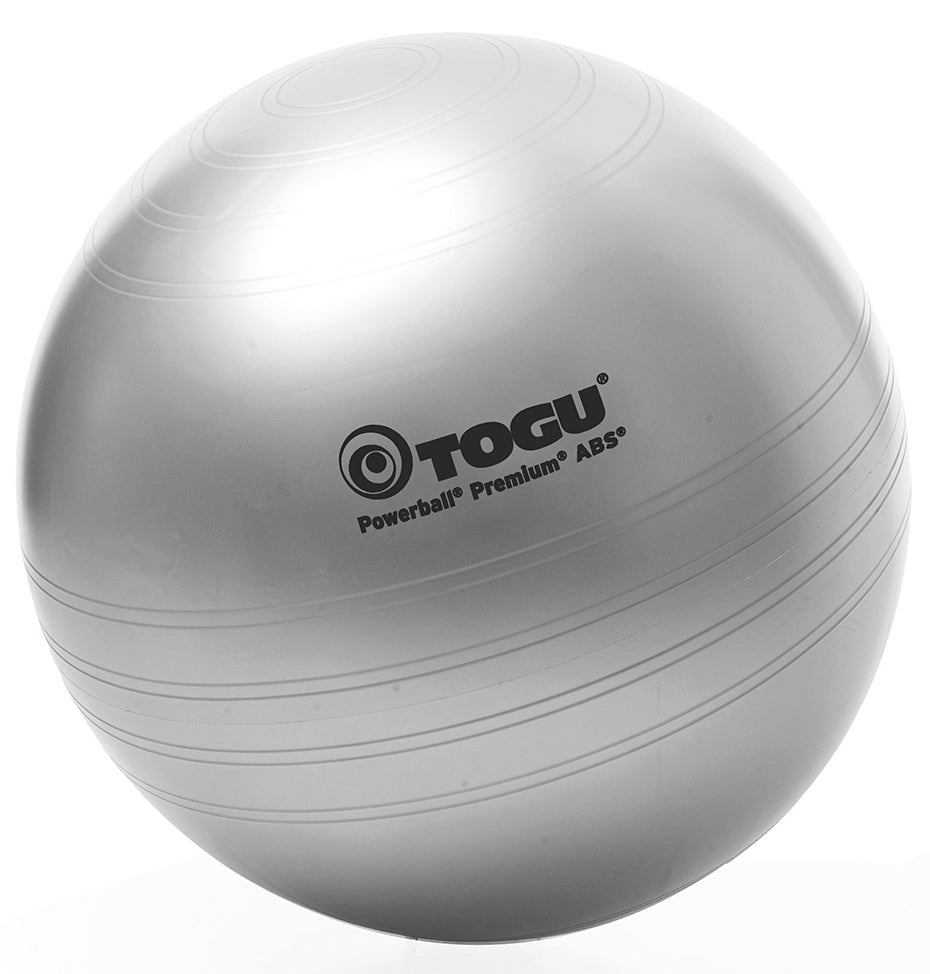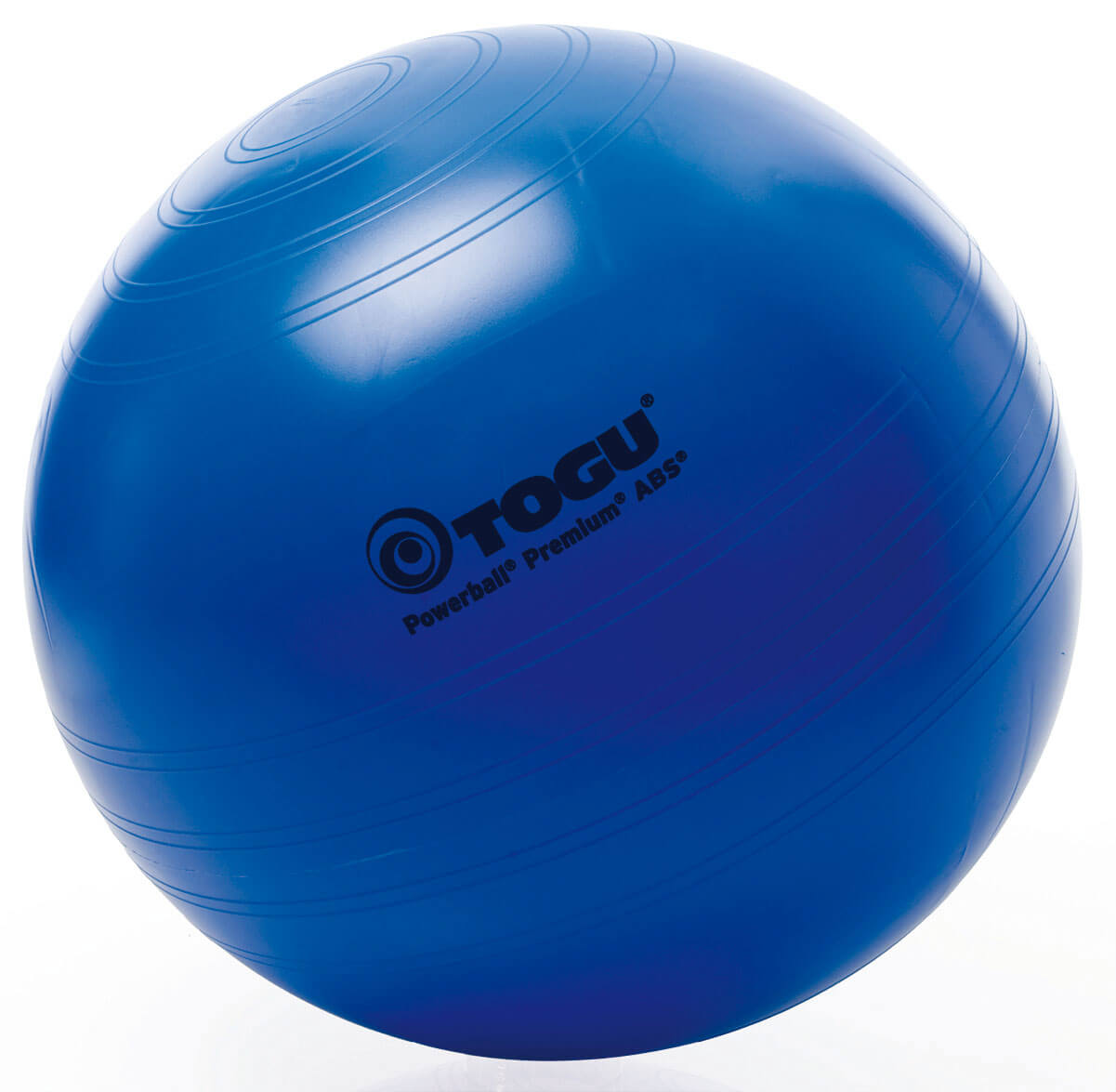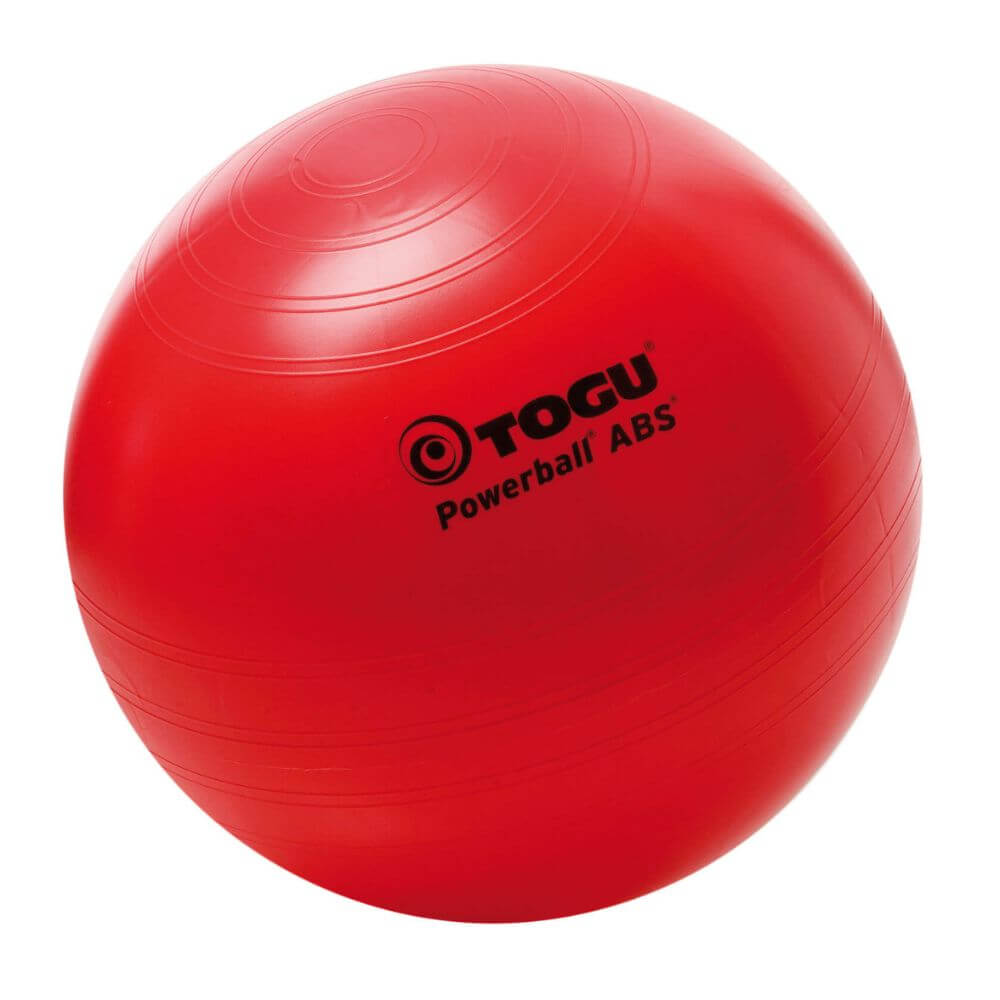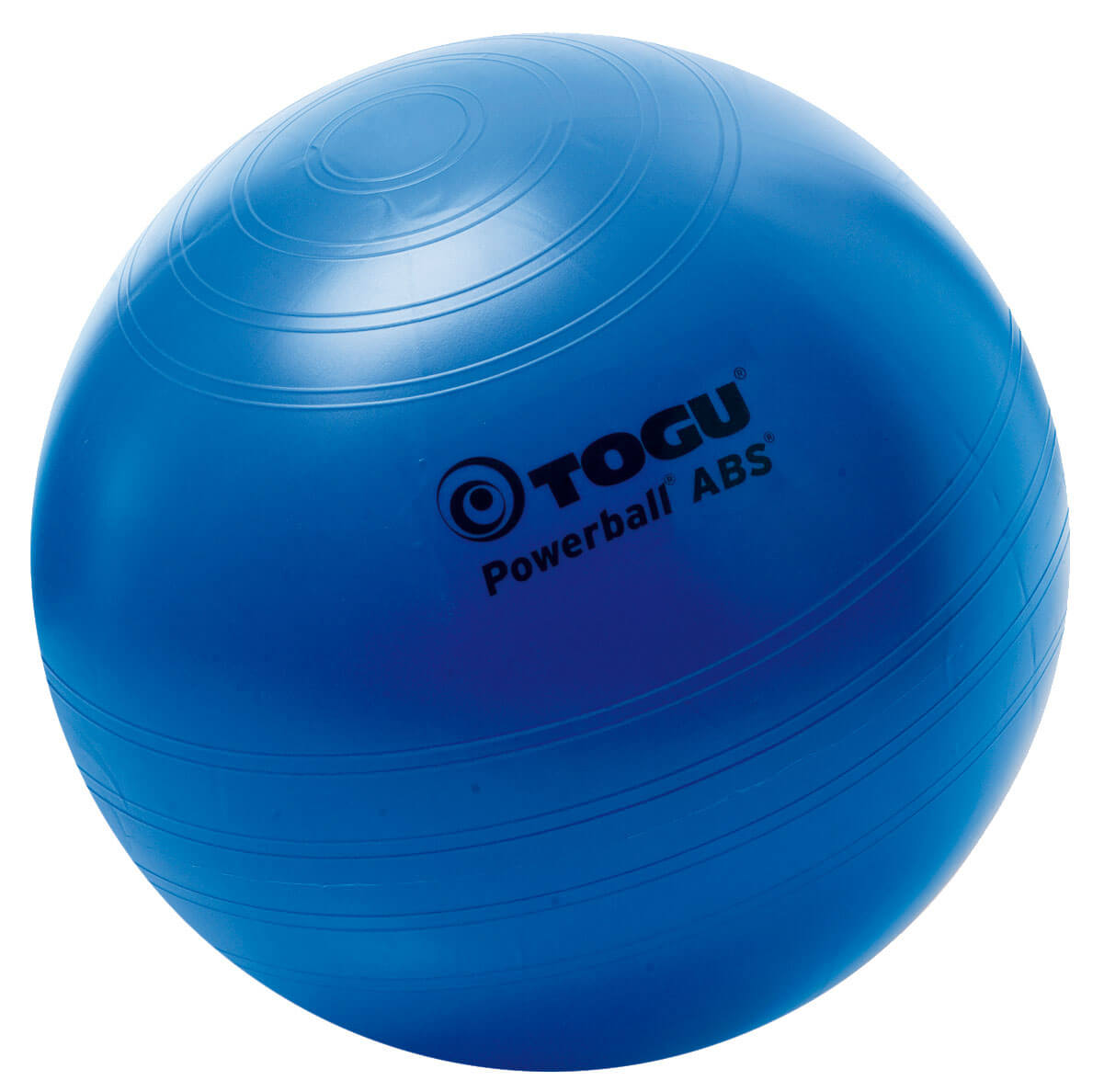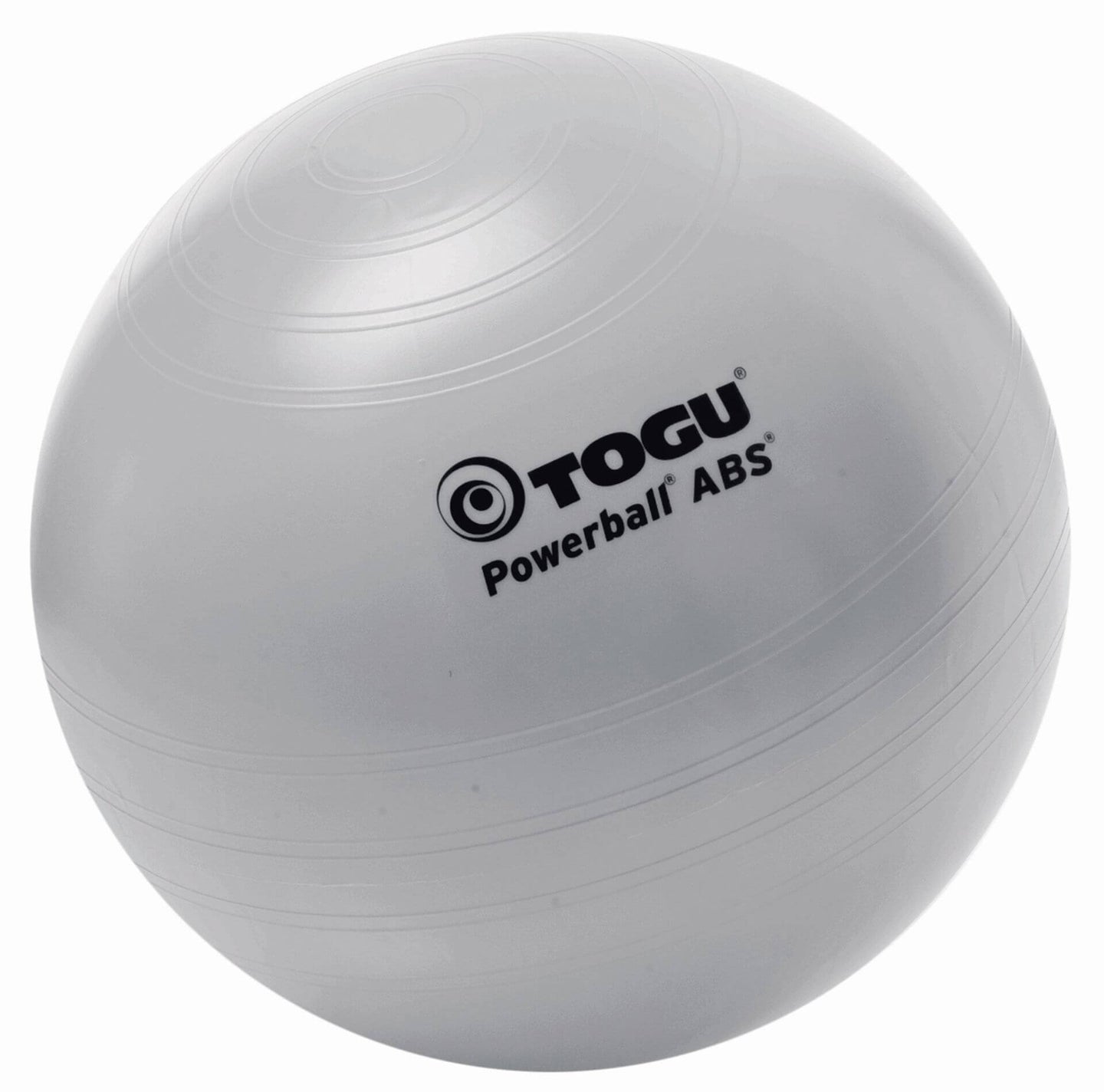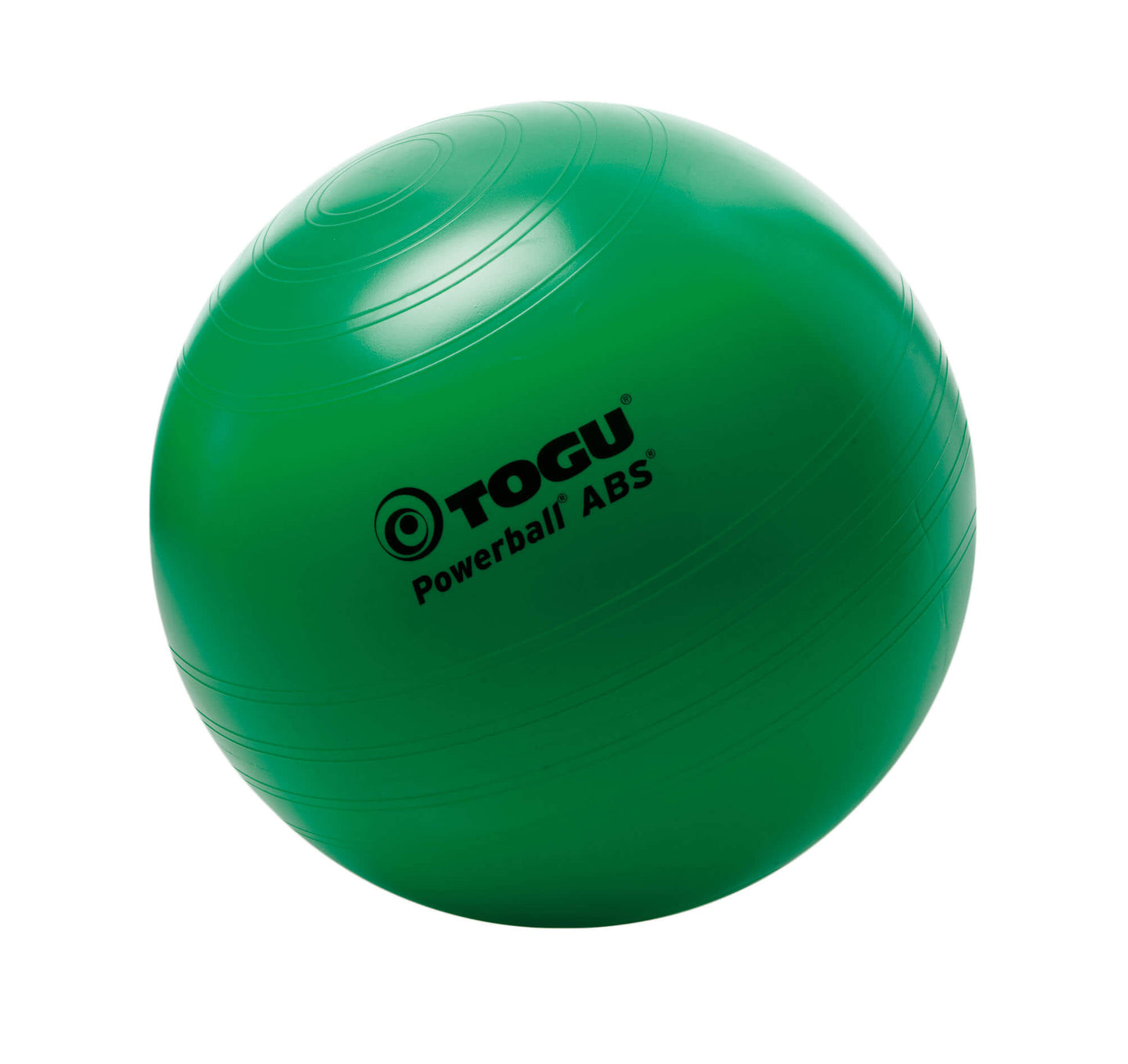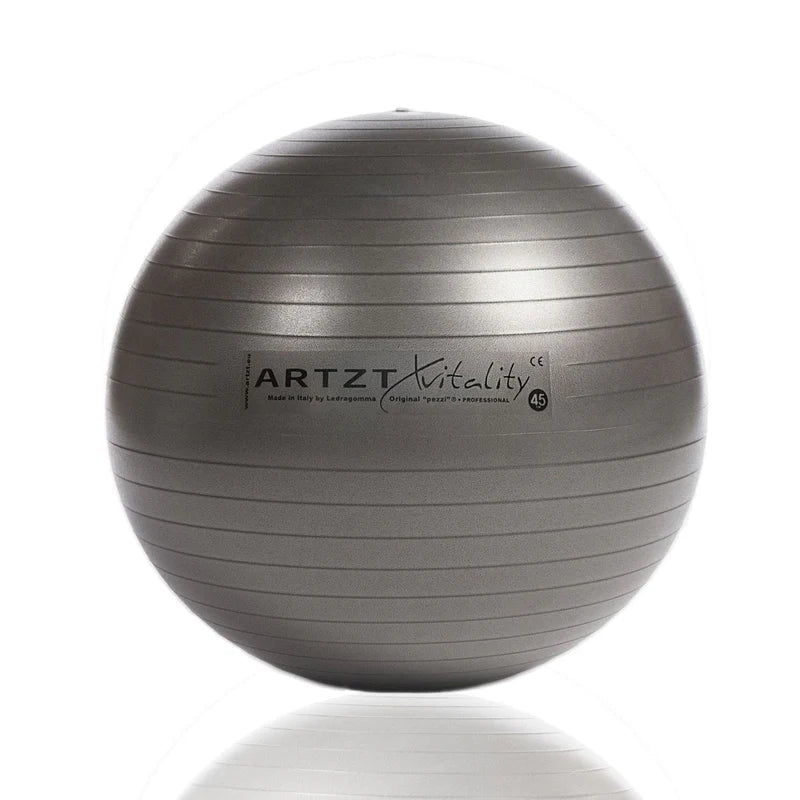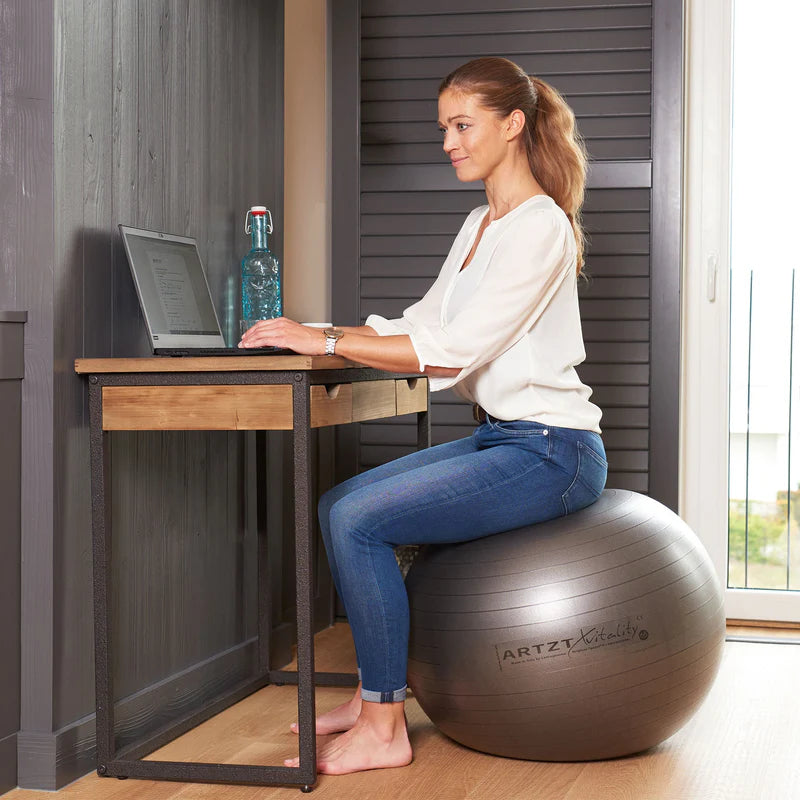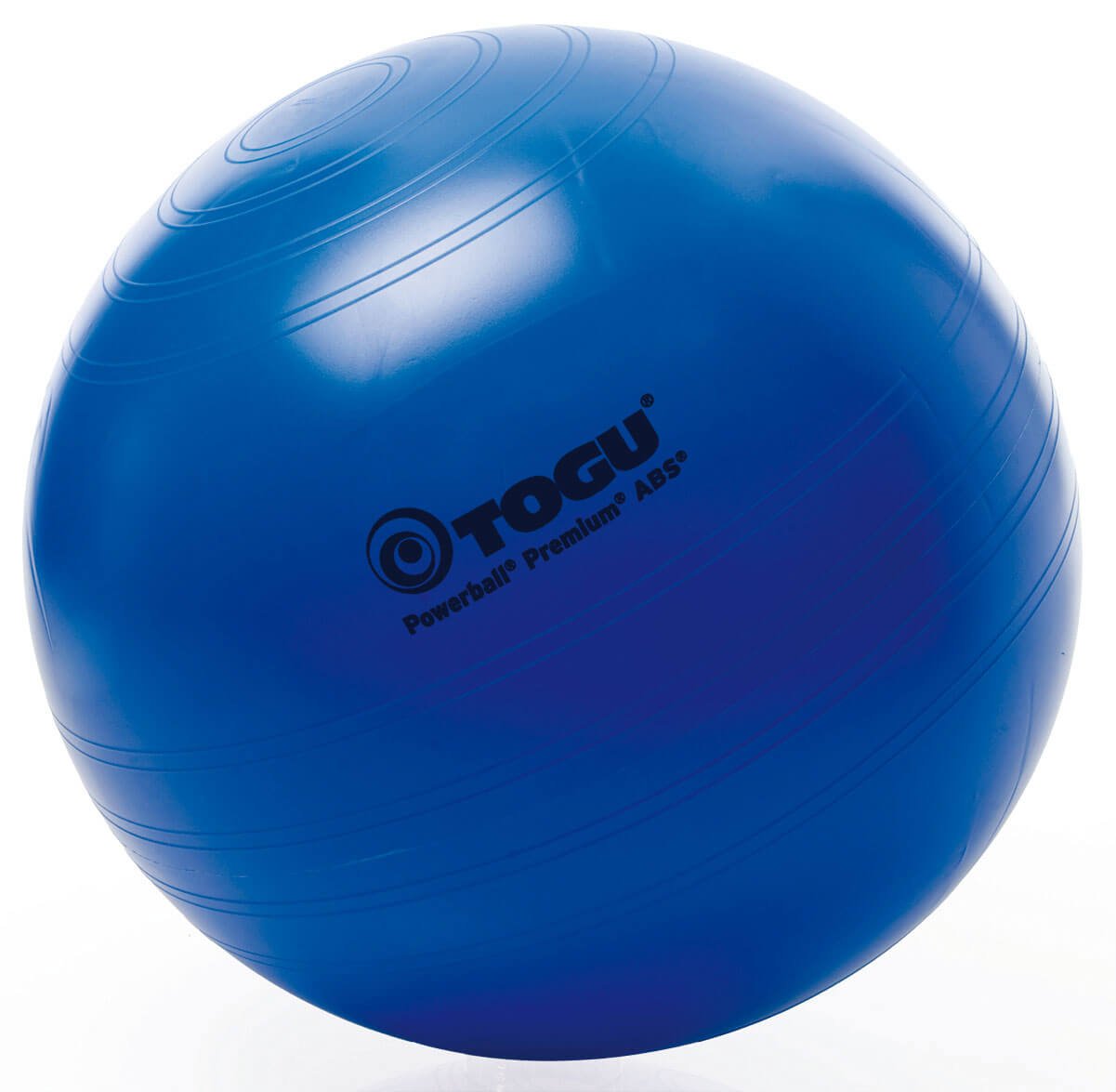Filters
-
-
-
-
Exercise ball - Artzt Xvitality 45 - 75 cm
Regular price From €34,95 -
MD Powerball® Premium ABS® 55/ 65/ 75 cm
Regular price From €53,90
Ordering, delivery & care.
Can I get advice before purchasing?
Yes! Our team will be happy to assist you with your product selection – by phone, email, or in person at our showroom. Together, we'll find the right equipment for your training.
How quickly will the delivery take place?
We deliver quickly and reliably. You can find the exact delivery times directly on the respective product page or during checkout. We're happy to help with any questions about availability.
Will my device be delivered pre-assembled?
Many fitness equipment items are delivered partially assembled. Easy-to-follow assembly instructions are included. Many pieces of equipment can be assembled independently; for more complex items, we recommend a second person. If you require assembly service, please contact us.
How do I properly care for my fitness equipment?
Wipe down moving parts regularly, check screw connections for tightness, and ensure storage in a dry environment. For some devices, occasional lubrication is recommended—you can find information on this in the respective manual.
Not sure which product is right for your training goals? No problem! Our experienced team will take the time to talk to you – by phone (08142/448666), email, or visit our showroom. Together, we'll find the optimal solution for your needs.

Pezziball exercise ball – for health, posture and fitness
The Pezzi ball, also known as an exercise ball, is a true all-rounder in the field of functional training and health promotion. Whether for back muscles , balance , posture , or simply as an ergonomic seat , this training ball has a wide range of uses in physiotherapy, rehabilitation, fitness, and everyday life. In this comprehensive article, you'll learn everything you need to know about the Pezzi ball—from its definition and differences to a classic exercise ball to specific exercises, size recommendations, and possible uses.
What is a Pezzi ball?
The term "Pezziball" is actually a brand name that dates back to the original Italian company Ledraplastic . This company produced the first elastic exercise balls under the name "Pezzi" in the 1960s – hence the term "Pezziball." Colloquially, this ball is often used interchangeably with the term "exercise ball." Both generally refer to the same product: an elastic, air-filled ball made of PVC or a similar material, available in various sizes and colors, and used in many areas of exercise therapy, sports, and ergonomic seating.
What is the difference between a Pezzi ball and an exercise ball?
Although the terms are used synonymously today, there is a subtle but subtle distinction: "Pezziball" is originally a brand name, while "gymnastic ball" is a generic term for all large fitness and therapy balls. A Pezzi ball is, by definition, an exercise ball, but not every exercise ball is an original Pezzi ball. Quality differences can be evident in the material , the load capacity (often up to 500 kg or more), and the anti-burst technology, among other things. At motion sports, we offer both original Pezzi balls and high-quality exercise balls from other brands.
What is a Pezzi ball good for?
A Swiss ball is suitable for a variety of purposes – both in private home gyms and in professional facilities such as physiotherapy practices, rehabilitation centers, schools, or fitness studios. The most important advantages and areas of application are:
1. Strengthening your core muscles : The unstable surface forces your deep abdominal and back muscles to constantly stabilize.
2. Promoting posture : Especially when sitting on the ball, the spine is straightened and poor posture is prevented.
3. Improve coordination and balance: By constantly balancing movements, your sense of balance is trained.
4. Gentle back training: Ideal for people with back problems or as a preventative measure against back pain.
5. Stretching and mobility : The ball supports you in stretching exercises and improves your mobility.
6. Supportive training in rehabilitation and physiotherapy: The ball can also be used for mobilization in cases of orthopedic problems.
Is an exercise ball good for the spine?
Yes – and in more ways than one. The exercise ball is an excellent alternative to the traditional office chair. Sitting on the ball constantly activates small muscle groups to maintain balance. This keeps the spine moving, which in turn supplies the intervertebral discs with nutrients and prevents tension. In the long term, regular sitting and exercising on the exercise ball can help relieve back pain and sustainably improve posture. The right ball size and an upright sitting posture are important.
Which exercise ball for which body size?
Choosing the right ball size is crucial for ergonomically sound use. As a rule of thumb,
I. Ø 45 cm – body height up to approx. 140 cm
II. Ø 55 cm – height from approx. 140 to 165 cm
III. Ø 65 cm – height from approx. 165 to 185 cm
IV. Ø 75 cm – height of approximately 185 to 200 cm
V. Ø 85 cm – body height over 200 cm or for special therapeutic applications
When sitting on the ball, your thighs should be parallel to the floor and your knees should be bent at a 90° angle .
What exercises can you do with a Swiss ball?
A Swiss ball offers a huge variety of exercises for almost every muscle group. Here's a selection of effective exercises:
1. Crunches on the ball: Lie with your lower back on the ball, feet firmly on the floor. Perform classic crunch movements – more intense than on the floor!
2. Plank with forearms on the ball: Place your forearms on the ball, legs extended behind you – keep your body in a straight line. The ball increases instability and thus the training effect.
3. Bridge with feet on the ball: Lie on your back, place your feet on the ball, then lift your pelvis. Perfect for the glutes and back muscles.
4. Back extension exercise: Lie on your stomach on the ball, feet against the wall. Raise and lower your upper body – strengthens your lower back.
5. Leg raises while sitting: Raise one leg while sitting upright – promotes deep muscle strength and balance.
How do you inflate a Swiss ball?
The exercise ball is inflated with a special ball pump or an air compressor with a fine nozzle. Important:
I. Before first use, inflate the ball to approximately 80% of its final volume.
II. Let it rest for 24 hours to allow the material to stretch.
III. Then inflate to the final size – a tape measure will help with orientation.
IV. Make sure the ball is not overfilled – it should give slightly when you press on it.
V. Many of our exercise balls come with a pump and tape measure for exact size determination.
Who is a Pezzi ball suitable for?
The Pezzi ball is a training device for all ages and fitness levels. It particularly benefits:
✔ Office workers – through active sitting and posture improvement
✔ Seniors – through joint-friendly training of coordination and mobility
✔ Athletes – to strengthen core muscles
✔ Pregnant women – for pelvic floor exercises and relaxation
✔ Therapists and trainers – as a proven tool in therapy and training
Our Pezzi balls at motion sports
In our collection you will find a large selection of high-quality Pezzi balls and exercise balls:
✔ Anti-burst Pezzi balls for maximum safety
✔ Models with structured surface for better grip
✔ Pezzi ball including pump and exercise poster
✔ Particularly durable designs – ideal for gyms
✔ All our balls are free of harmful plasticizers, durable, and resilient. They meet the highest quality and safety standards.
Why you should buy a Pezzi ball
A Swiss ball is much more than just a ball—it's an effective training device, a therapist, an ergonomic aid, and a versatile tool for your health. Whether for your back, core, balance, or simply as an active chair: the benefits are scientifically proven and immediately noticeable.
With the right size, regular training, and high-quality products like those from our motion sports range, you can bring exercise into your everyday life – with fun, variety, and clear health benefits.

